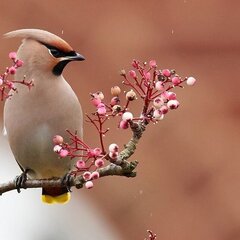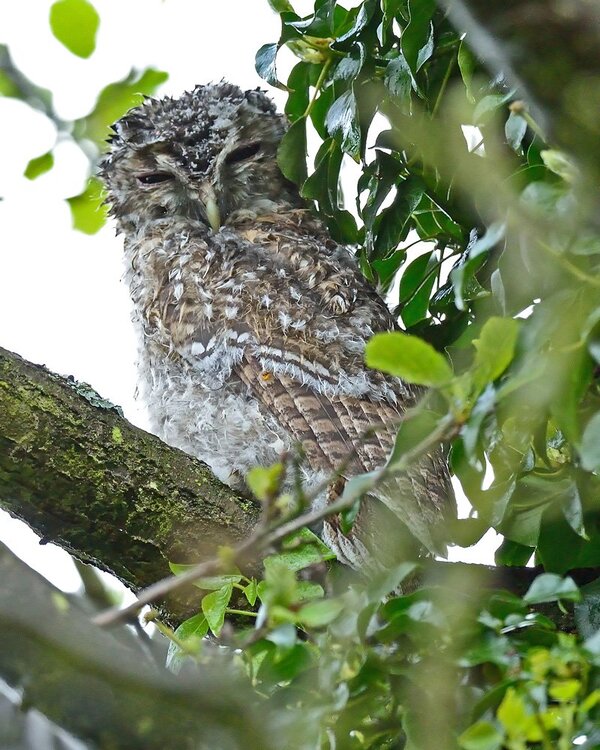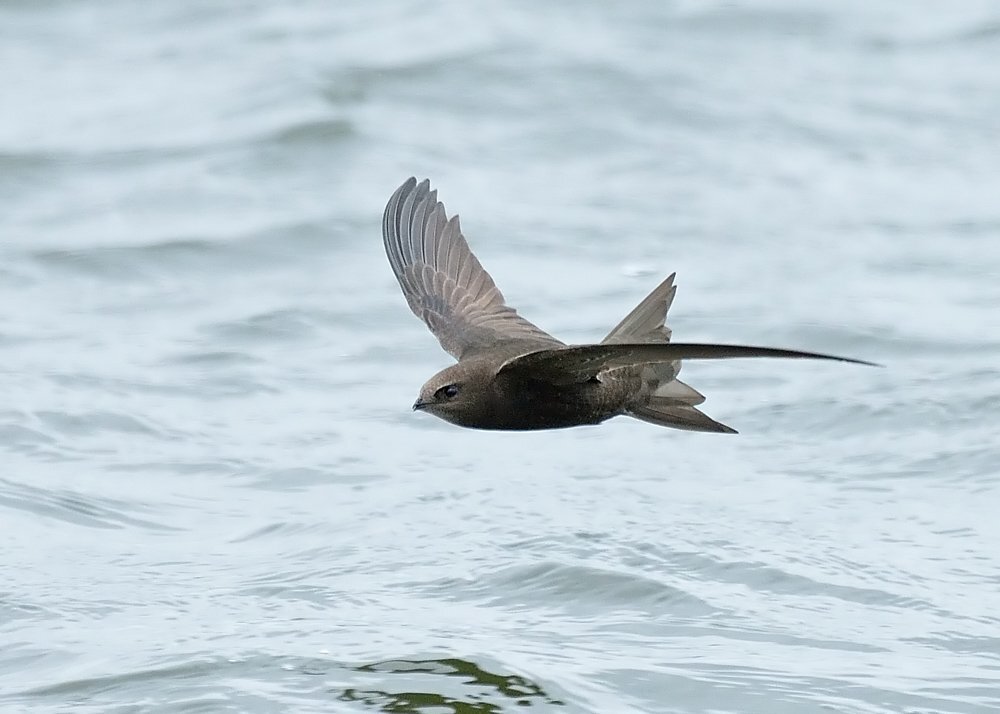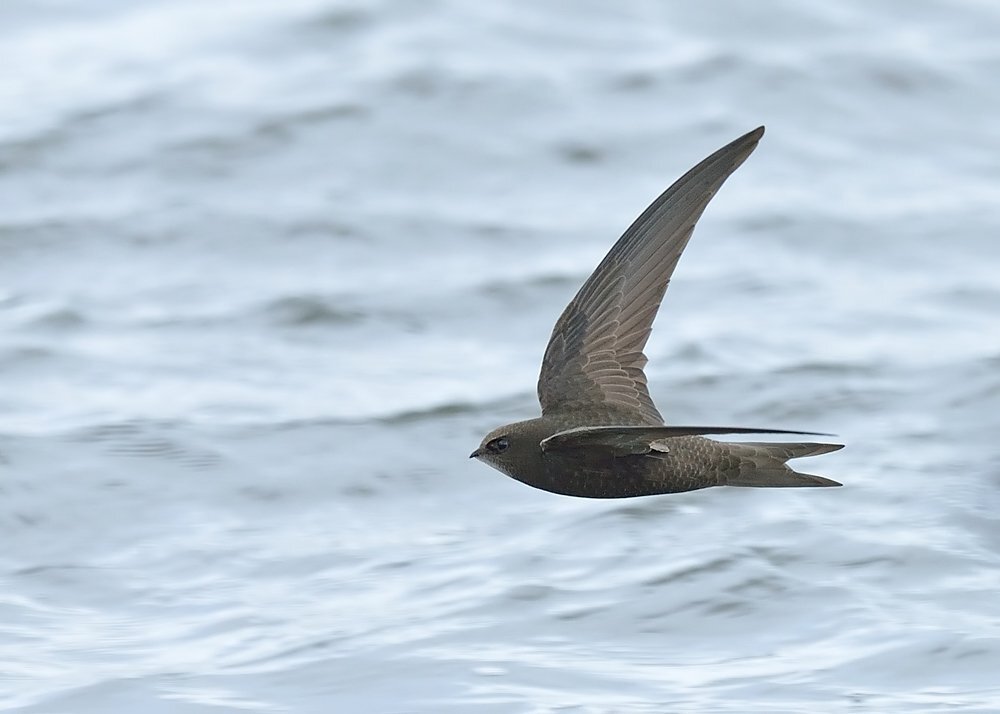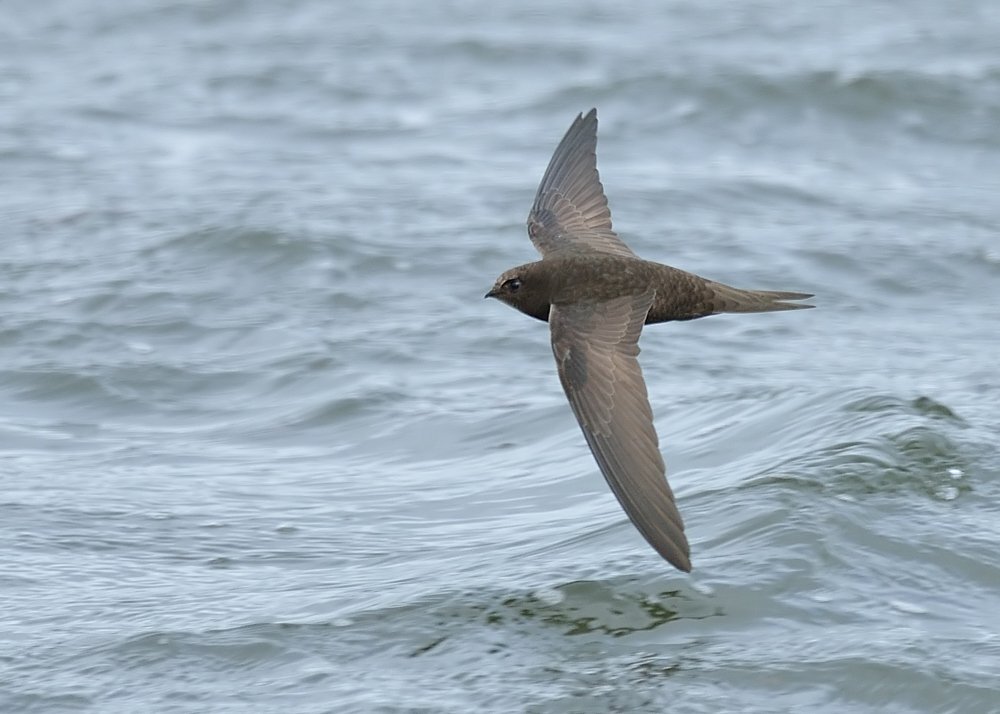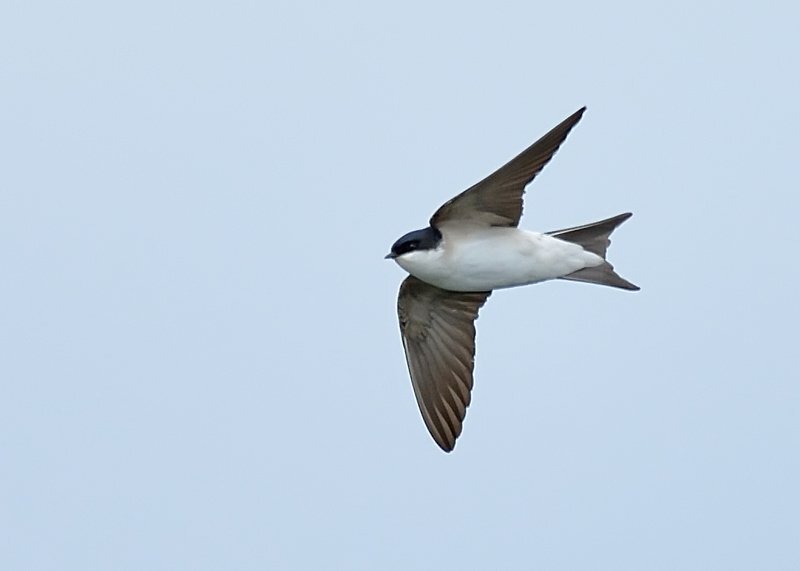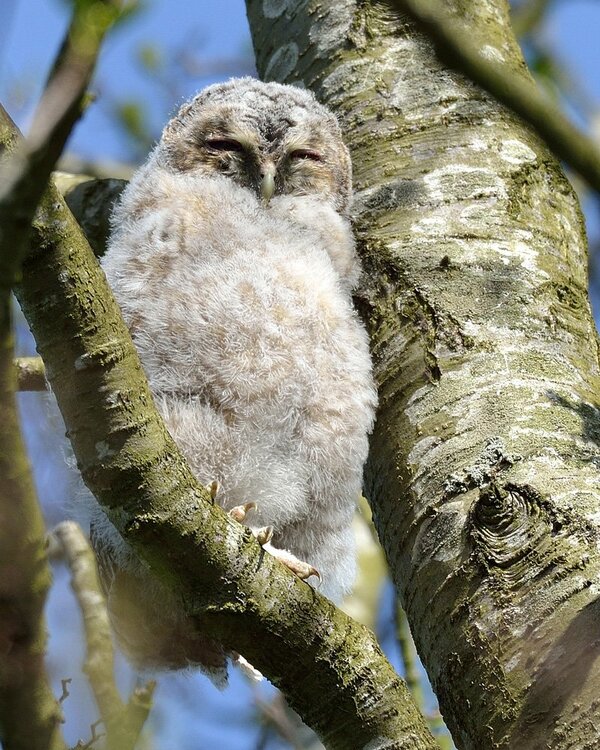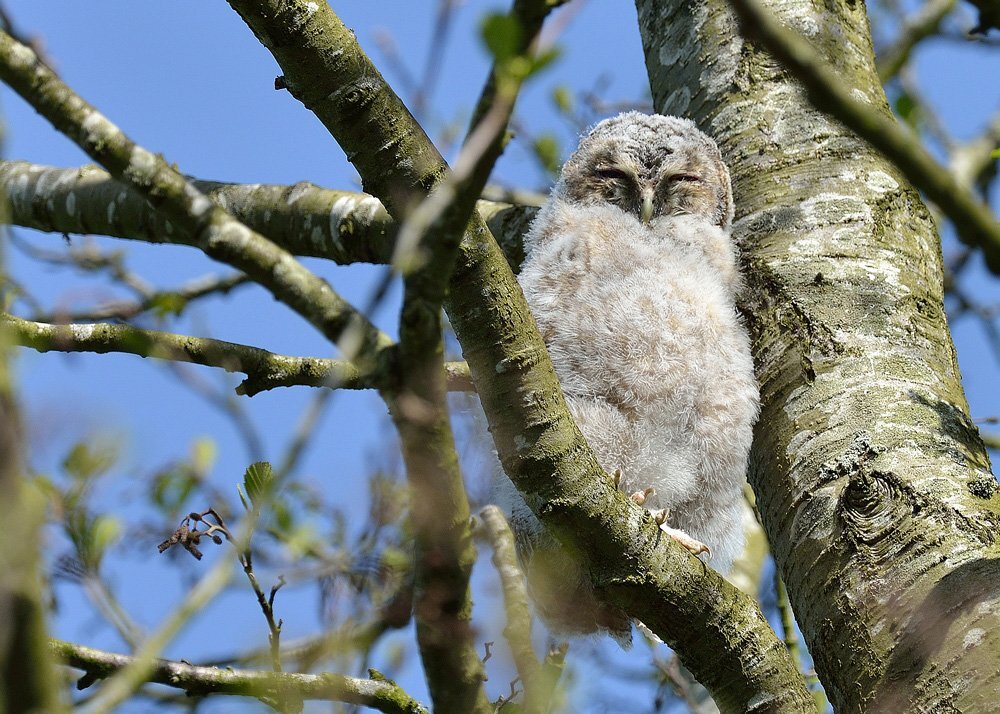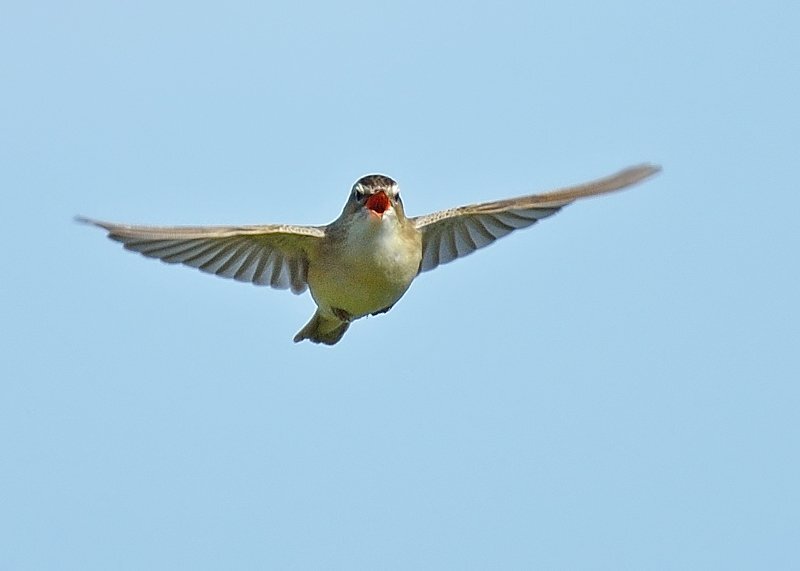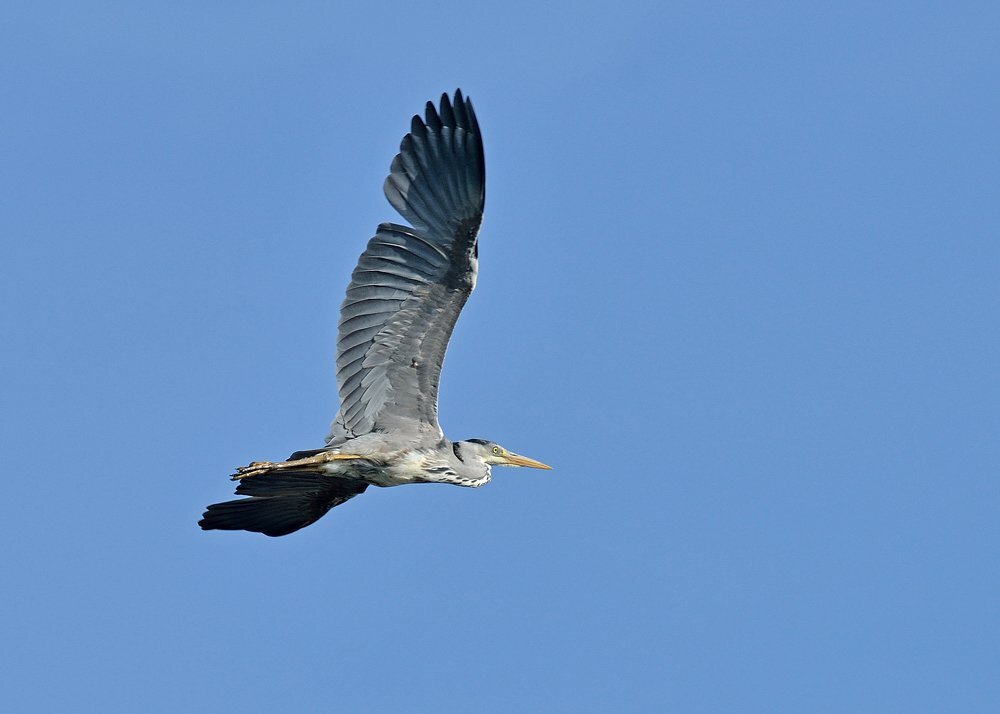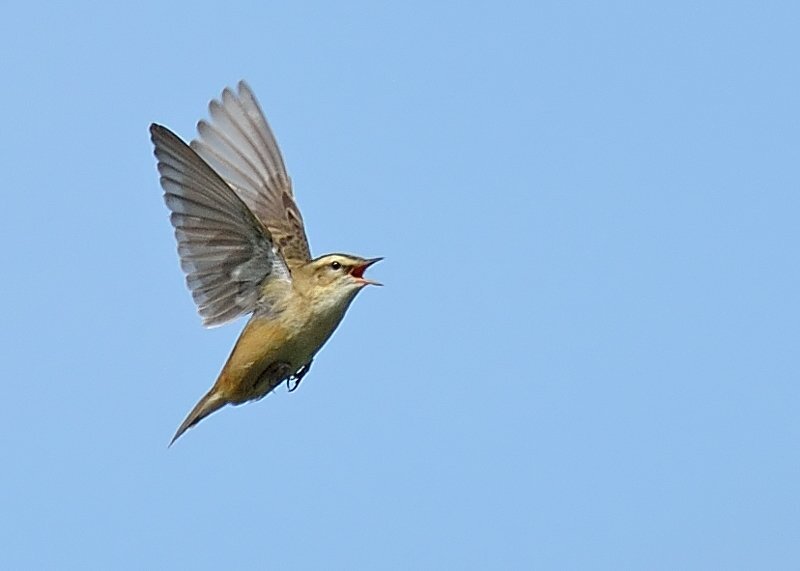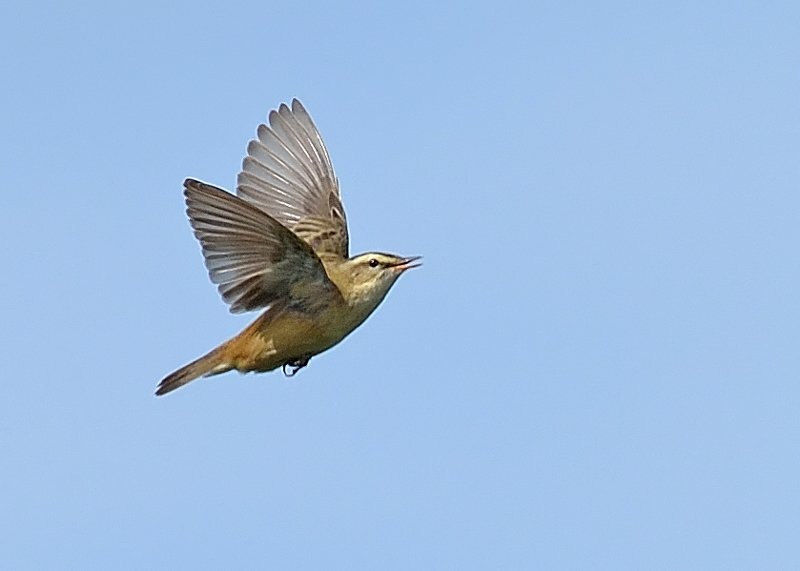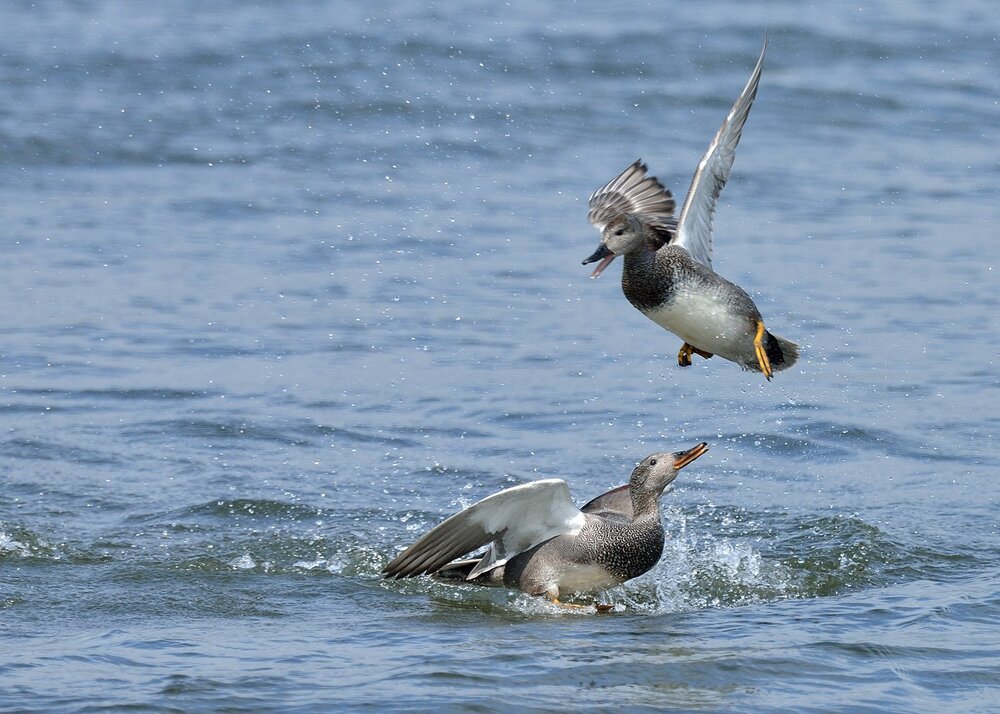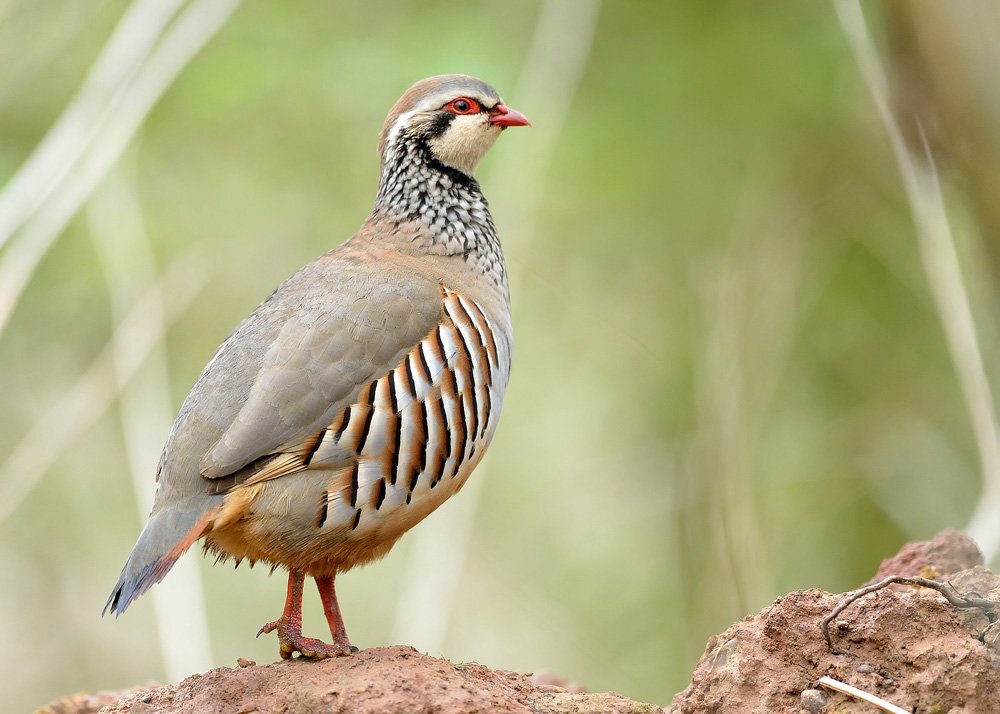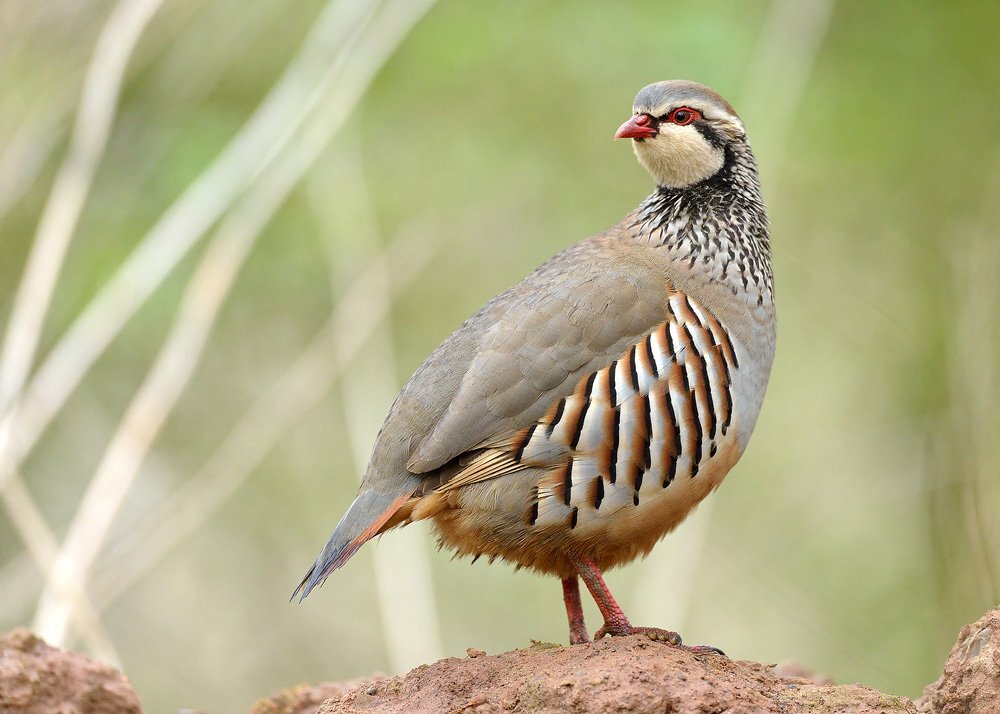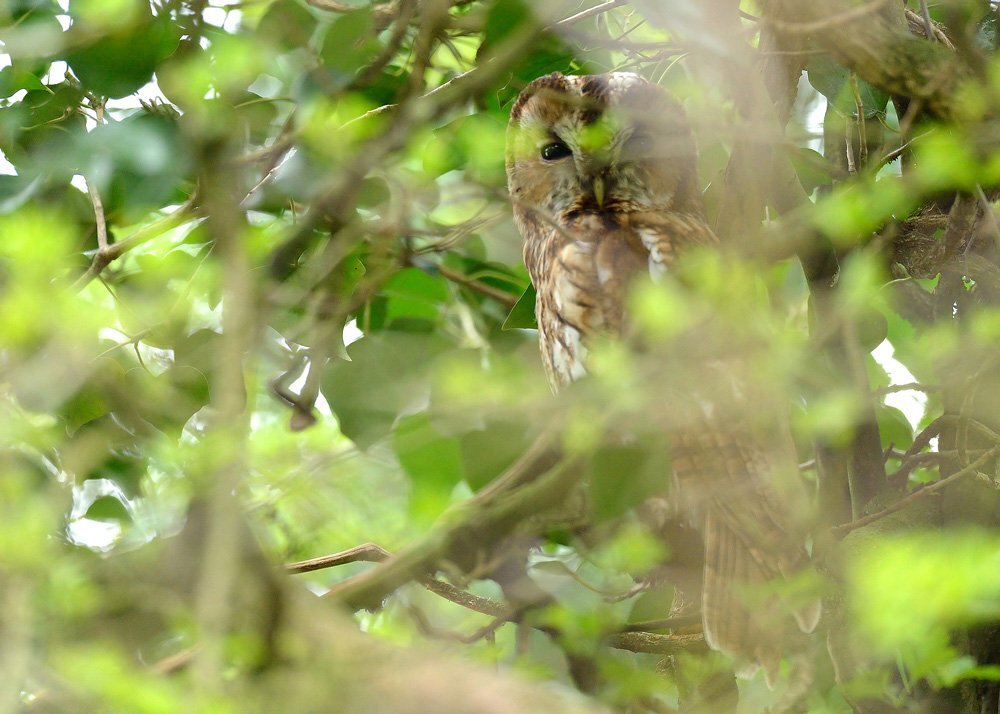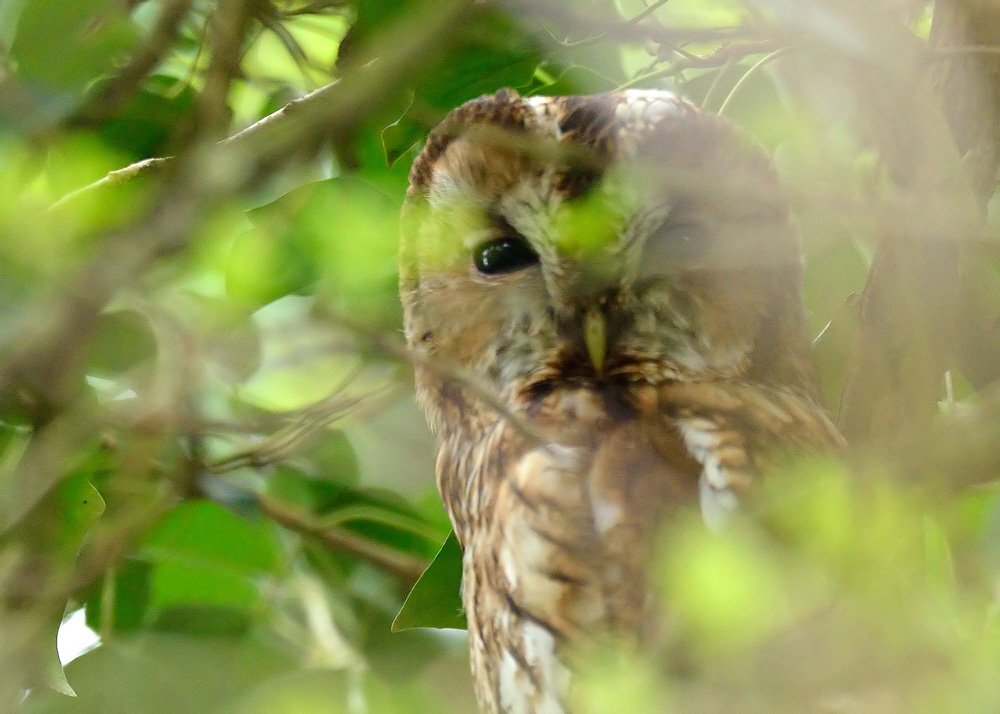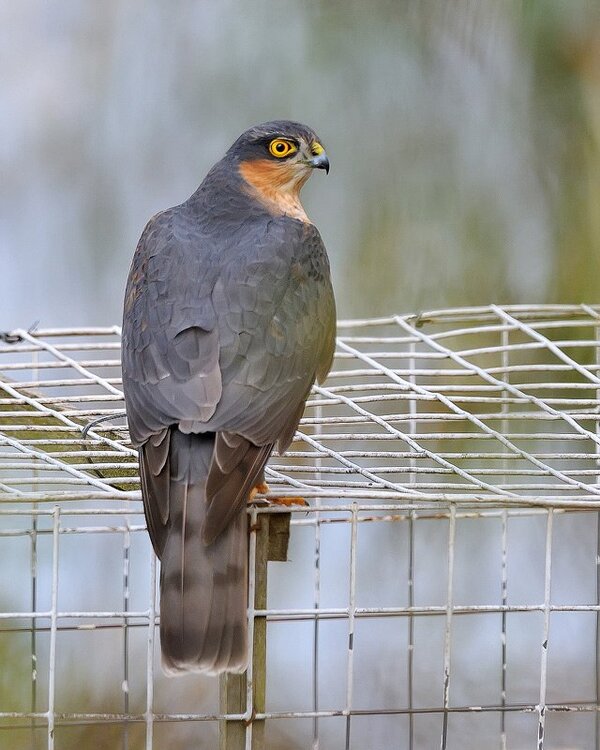Everything posted by Martyn Pitt
- Show Us Your Bird & Wildlife Photos
- Show Us Your Bird & Wildlife Photos
- Show Us Your Bird & Wildlife Photos
- Show Us Your Bird & Wildlife Photos
- Show Us Your Bird & Wildlife Photos
- Show Us Your Bird & Wildlife Photos
- Show Us Your Bird & Wildlife Photos
- Show Us Your Bird & Wildlife Photos
- Show Us Your Bird & Wildlife Photos
-
Name Your Top Double Sider 45
21st Century - Coming right back / Shadow of a memory - DOT
-
Name Your Top Double Sider 45
Larry Williams - You ask for one good reason / I'm the one - Okeh
- Show Us Your Bird & Wildlife Photos
- Show Us Your Bird & Wildlife Photos
-
Show Us Your Bird & Wildlife Photos
Out enjoying the sunshine at Belvide ... only problem was the heat haze (can make a photo look like it was taken through a bathroom window) Another shot of a Sedge Warbler displaying for a mate ... these little birds fly all the way from Africa to the UK to mate, the youngsters then fly all the way back to Africa in September, and generally return to the UK the following Spring to the place they were born. All without a map or a satnav ... amazing Also managed to catch a Grey Heron in flight, much easier than the little warblers ...
- Show Us Your Bird & Wildlife Photos
- Show Us Your Bird & Wildlife Photos
- Show Us Your Bird & Wildlife Photos
- Show Us Your Bird & Wildlife Photos
- Show Us Your Bird & Wildlife Photos
- Show Us Your Bird & Wildlife Photos
-
Show Us Your Bird & Wildlife Photos
Steve There was an old adage when I started photography to help with exposure issues ... "add light to white" ... if you are photographing a white subject adjust the exposure compensation by +1 to +2 stops. (The opposite for a black subject) The camera meter always assumes that it is looking at 18% grey, this is why the majority of peoples shots taken in the snow look grey, the white has fooled the meter so the image is underexposed. Usually +1 will be enough, just take a test shot and check the image on the screen.
- Show Us Your Bird & Wildlife Photos
-
Del-Larks
There are records that will empty a dance floor, always have been, ... that is the first one I have heard that would empty the whole venue. The lass off youtube would struggle to engineer a dance to that one.
-
Show Us Your Bird & Wildlife Photos
Mike, the UK gets Chaffinch (amongst other common birds) migrate from Scandinavia and Northern Europe to over winter here, as it was a relatively mild and gentle winter there, I expect the numbers were lower than when there is a severe winter. You will also find our Chaffinch migrate south to France and Spain, so you may see a few returning over the next few weeks.
- Show Us Your Bird & Wildlife Photos

